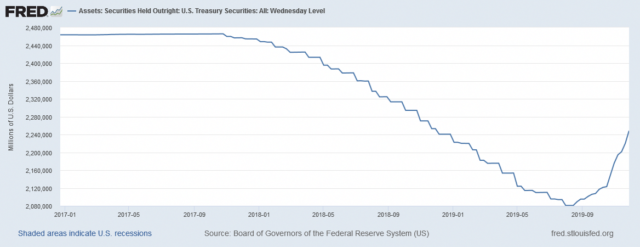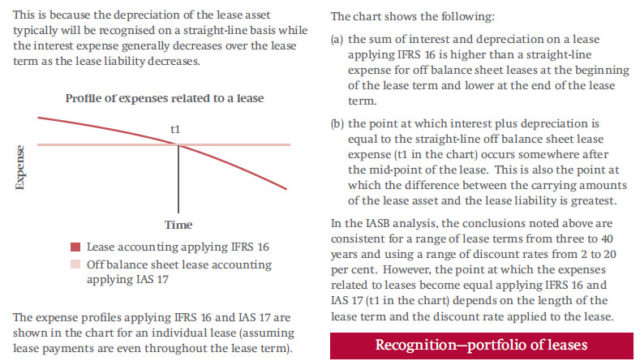As the whole world at this point knows, the US Federal Reserve reduced short term interest rates to a target rate of 1-1.25%, down 0.5% in response to economic concerns about the Coronavirus.
I’m not sure how changing a very low short term interest rate into something that is even lower will help matters.
The yield curve today looks like this:
1-month: 1.11%
3-month: 0.95%
1-year: 0.73%
5-year: 0.77%
10-year: 1.02%
30-year: 1.64%
Needless to say, these are low. Not European-style negative rate low (Germany’s bonds are trading at a -0.81% for 5-year and -0.63% for 10-year), but things clearly are at the point where if you’ve got reasonable credit, you can borrow money for nearly free.
QE4 is also alive and well, with $400 billion more in purchased securities on the federal reserve’s balance sheet from August 2019, most likely ending up in the stock market.
I’m guessing the Bank of Canada will probably announce a rate cut tomorrow to follow lock-step with the USA. The only question is whether they’ll drop a quarter point or a half point.
The analogy has been used many times before that lowering rates from current levels is like giving the metaphorical drug junkie another hit of heroin to keep high just a little bit longer – I can’t imagine on anybody’s financial spreadsheets how the incremental reduction in a 0.5% rate decrease from 1.5% to 1.0% will alter a capital investment decision, say to spend $10 billion dollars on a pipeline over the next 3 years, when there are so many other dominant variables that will take priority.
I also project there will continue to be a massive amount of government spending and deficits that will be incurred – when the cost to borrow is effectively free, why not?
This would explain why Gold is going crazy, but in theory, any assets that have the capacity to generate (inflation-adjusted) cash should also do relatively well.



